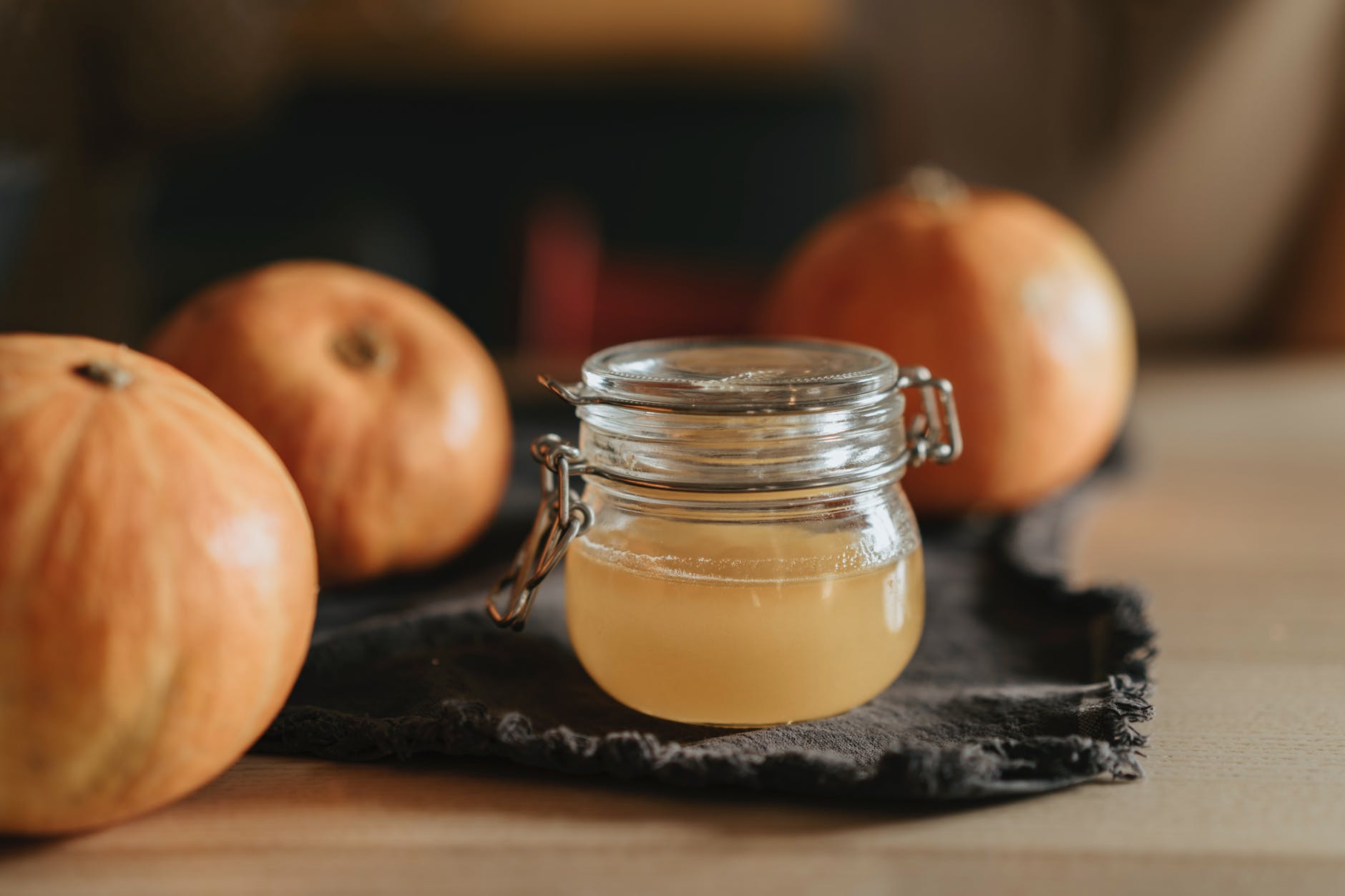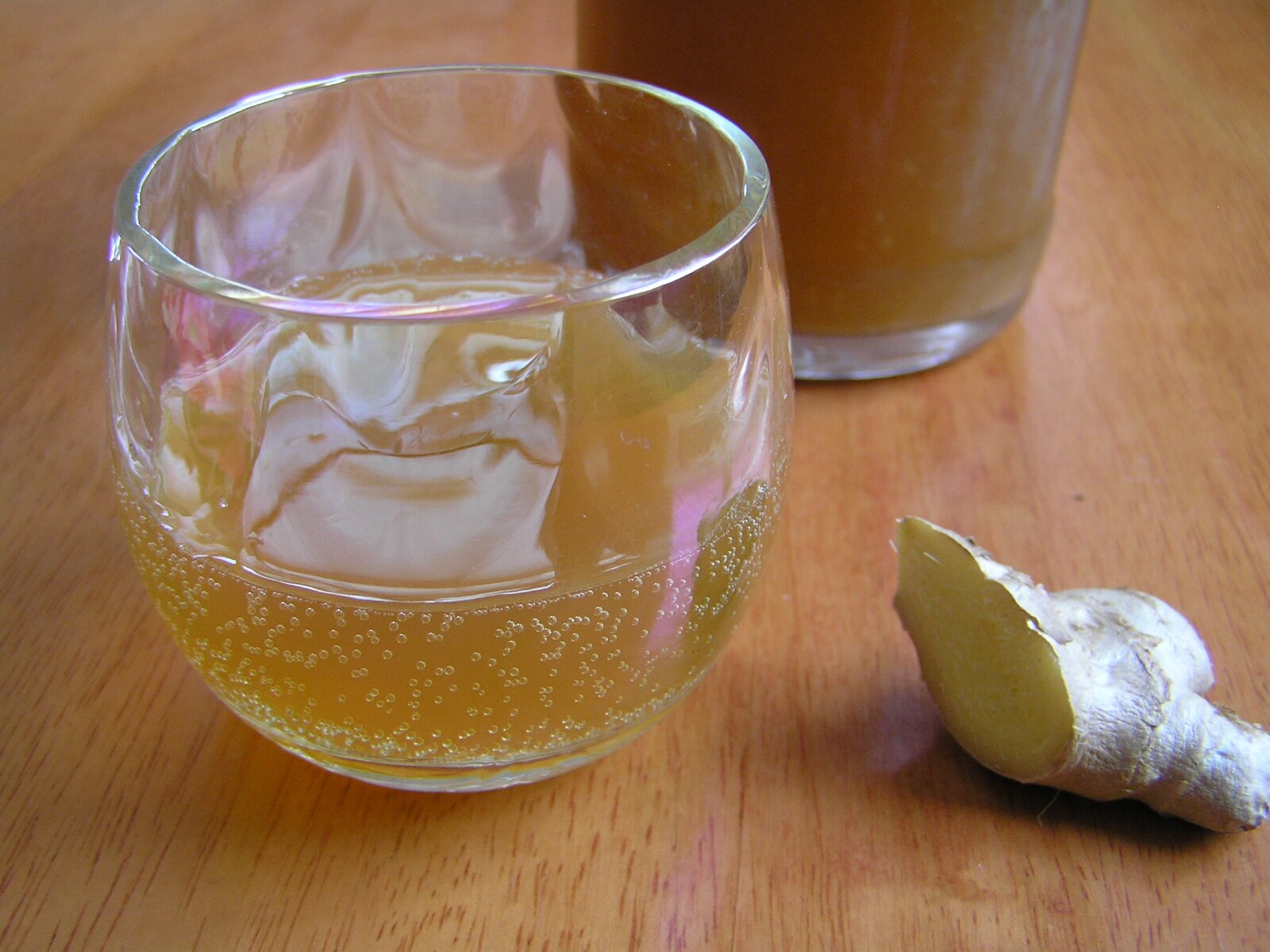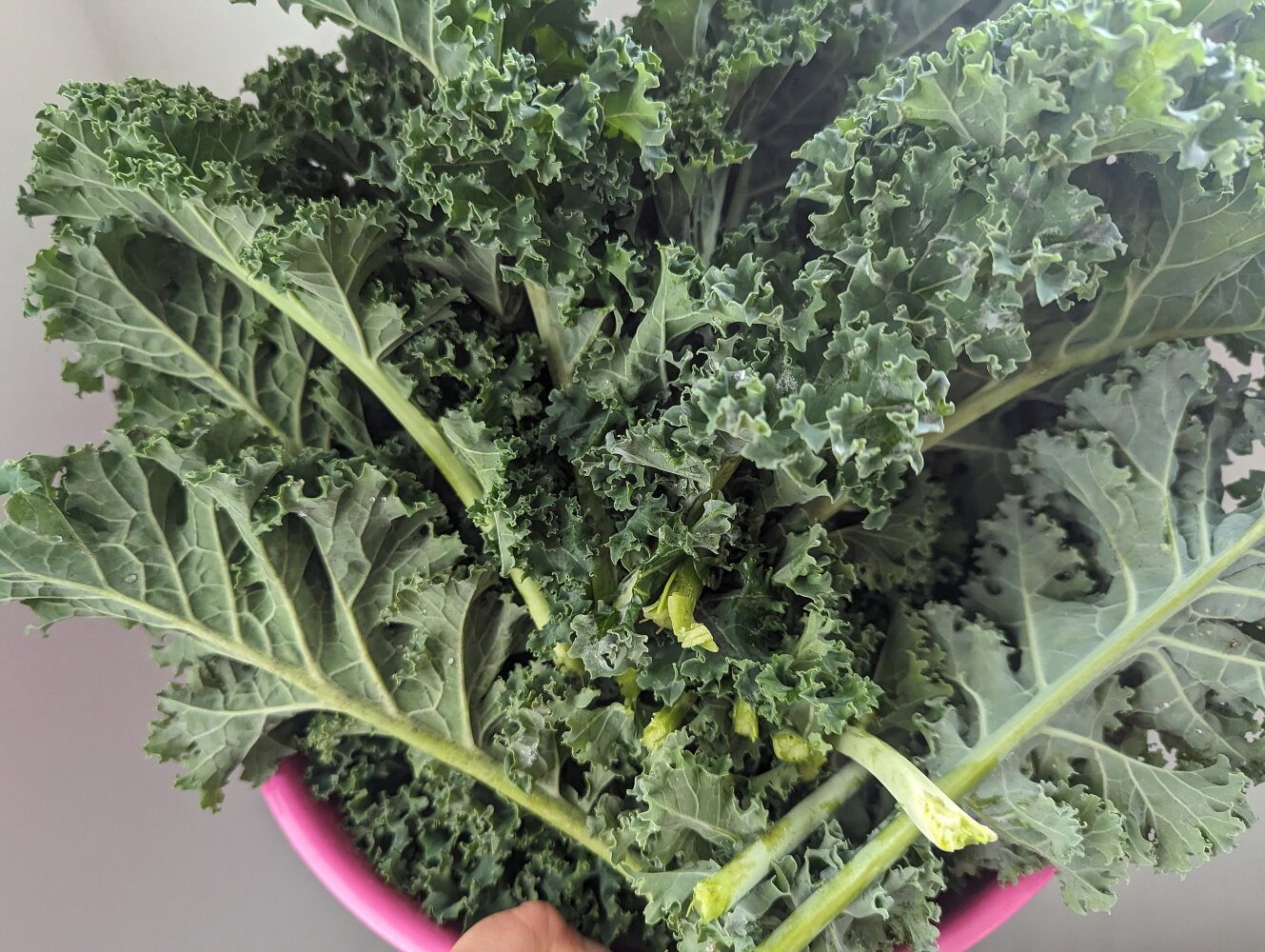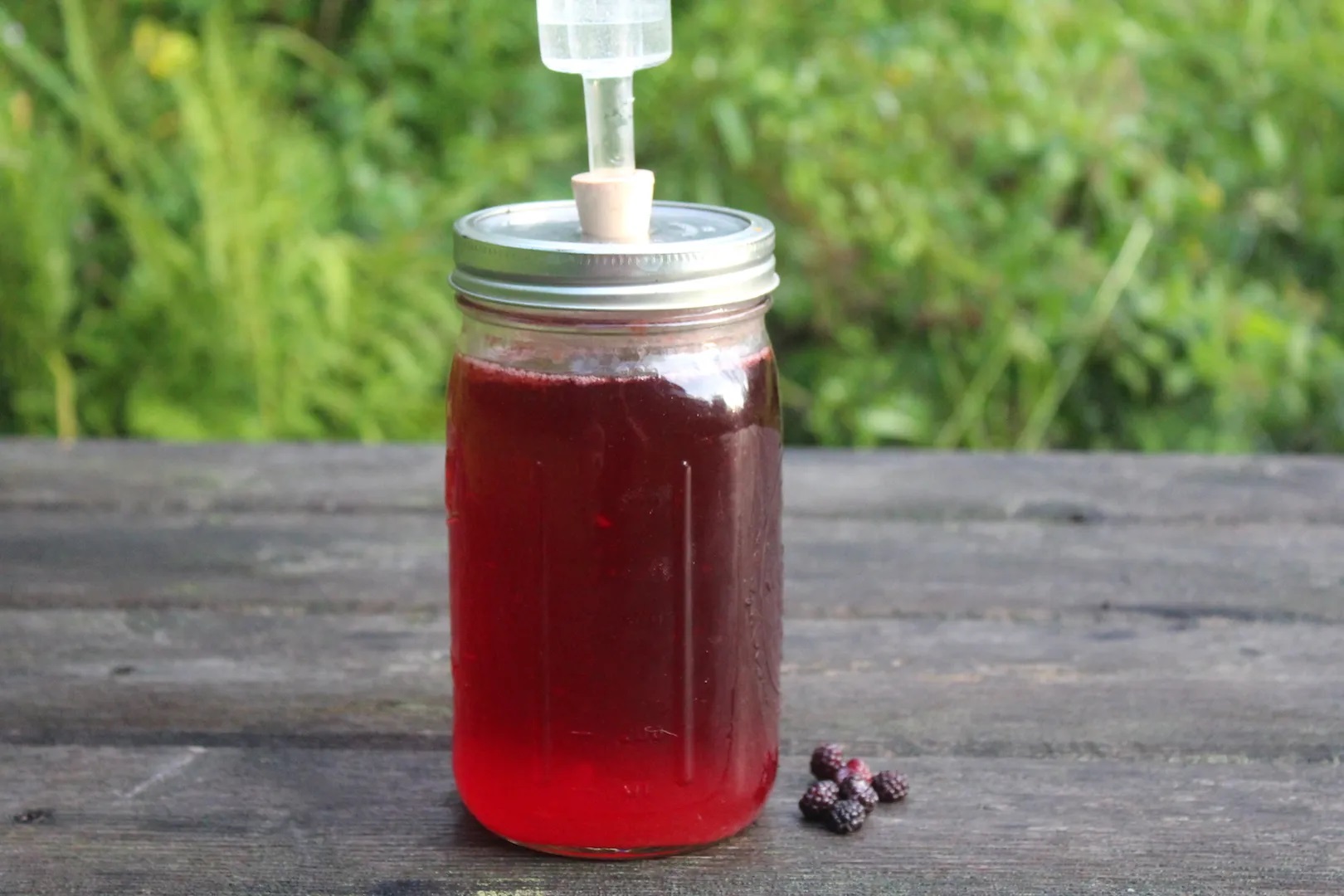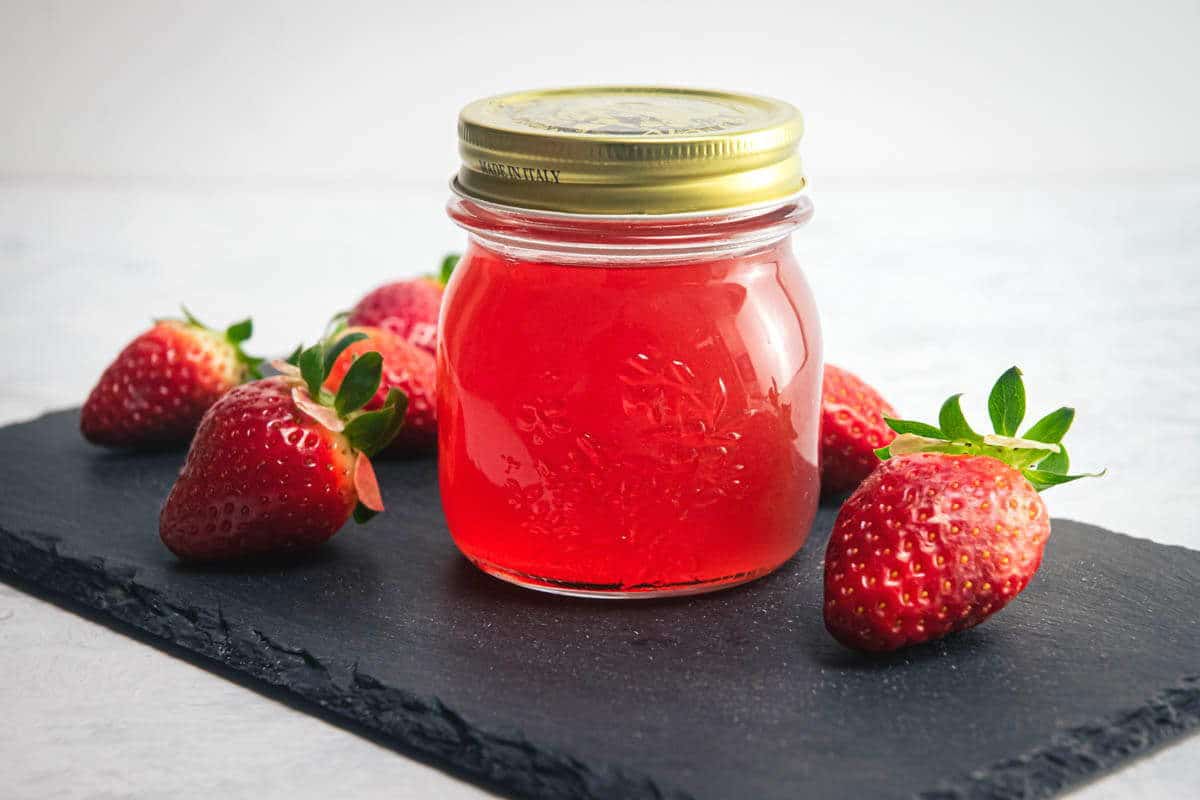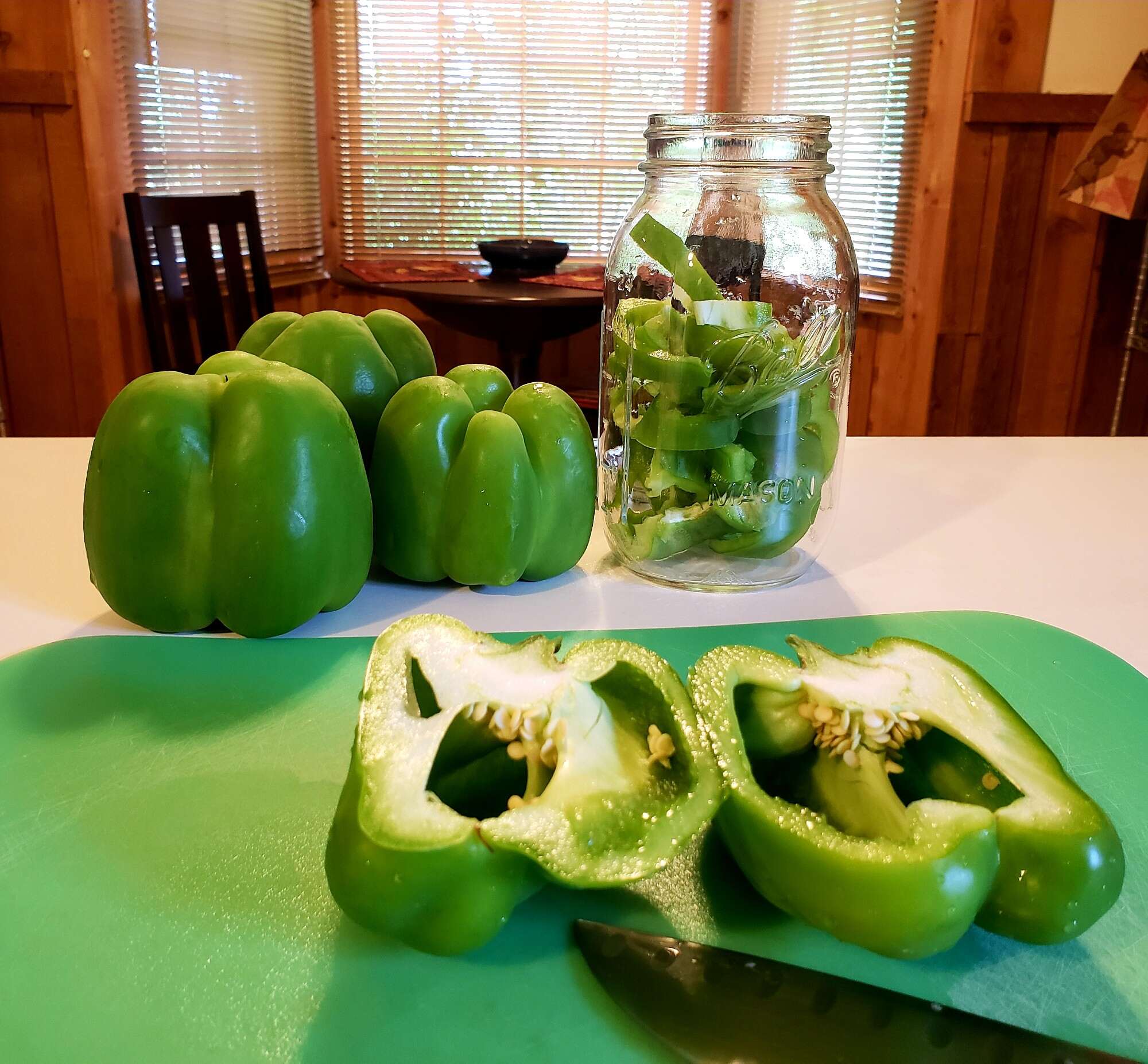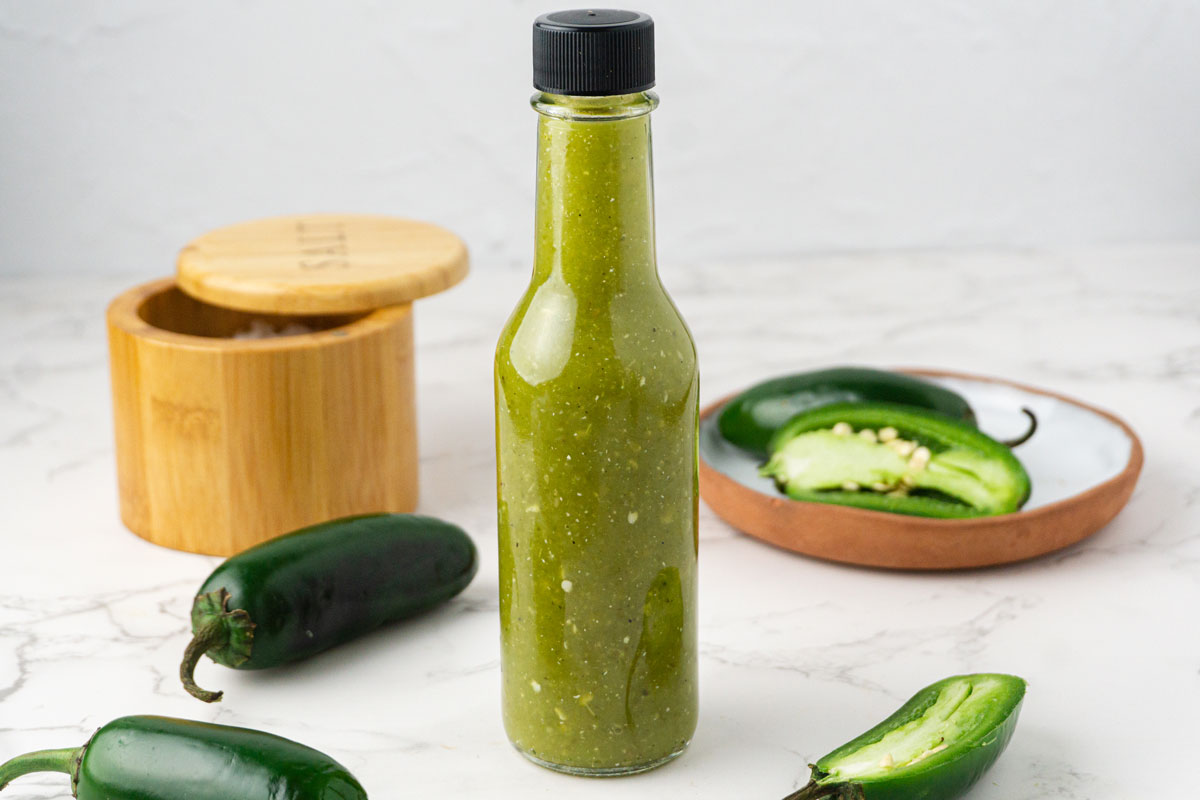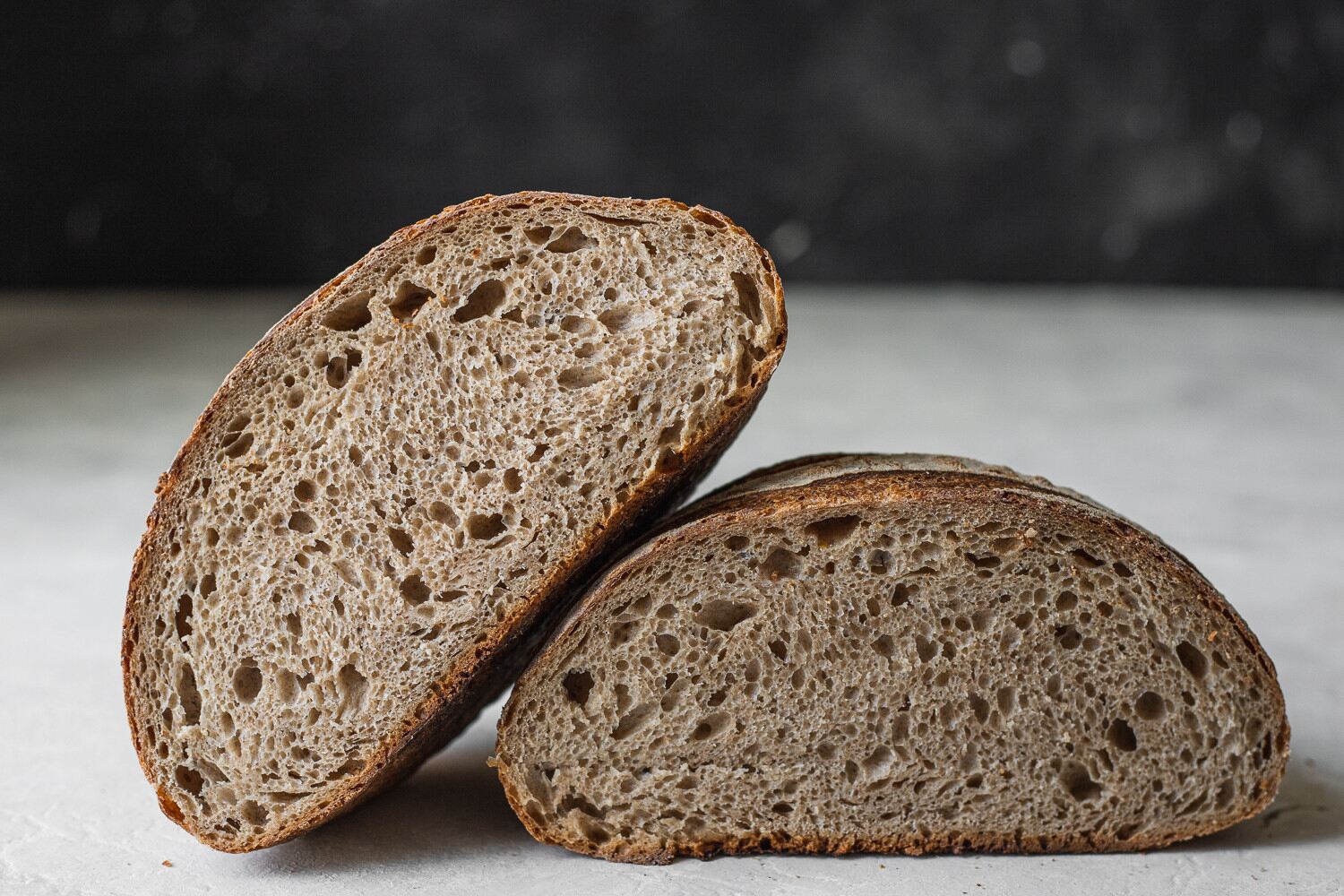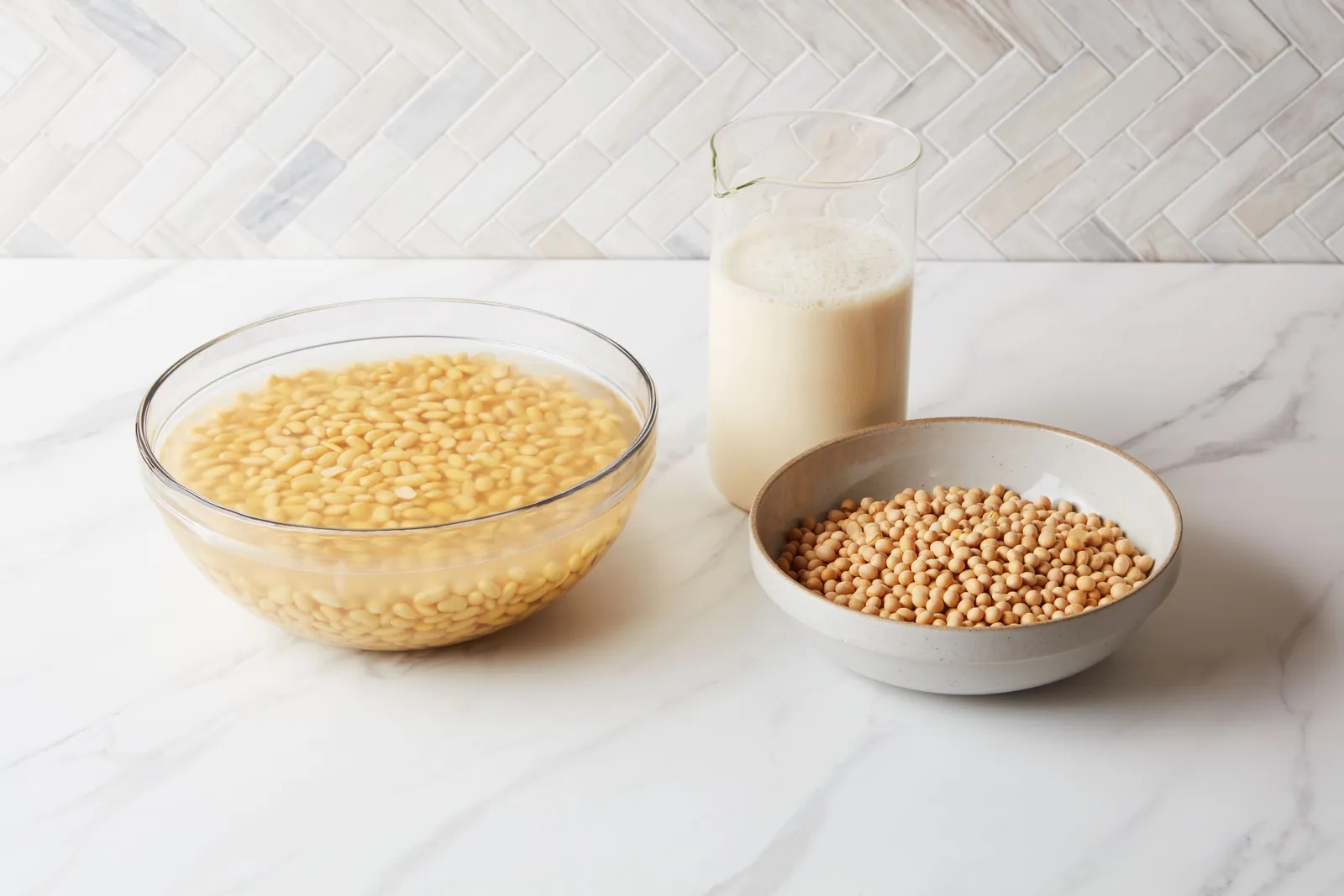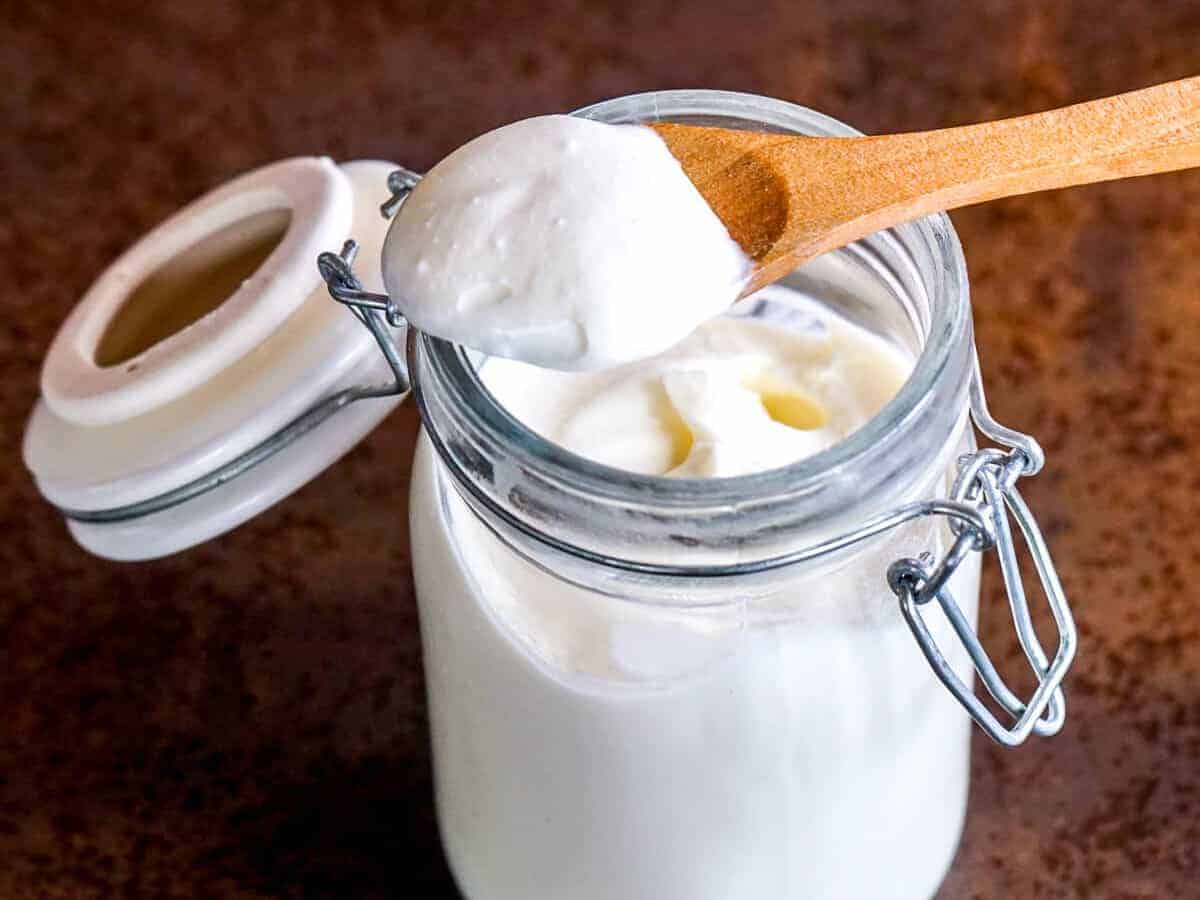Unlocking the Potential of Cattails: A Guide to Fermentation
When it comes to fermenting foods, cattails might not be the first thing that comes to mind. However, these versatile plants can be transformed into a delicious and nutritious fermented dish with the right techniques. In this guide, we will explore the process of fermenting cattails and the steps you can take to unlock their full potential.
Understanding Cattails
Before we delve into the fermentation process, it’s important to understand what cattails are. Cattails are tall, reed-like plants that are commonly found in wetland areas. They are known for their distinctive brown, sausage-shaped flower heads and long, blade-like leaves. While cattails are often seen as a nuisance in ponds and lakes, they have been used for centuries as a food source by various cultures around the world.
Harvesting Cattails
The first step in fermenting cattails is harvesting them. It’s important to choose cattails that are young and tender, as older cattails can be tough and fibrous. Look for cattails that are between 1 and 3 feet tall, with fresh, green shoots and no signs of decay.
When harvesting cattails, it’s essential to do so sustainably and responsibly. Only take what you need, and be mindful of the ecosystem in which the cattails are growing. Always get permission if you are harvesting cattails from private land, and avoid areas that may be contaminated with pollutants.
Preparing the Cattails
Once you have harvested your cattails, it’s time to prepare them for fermentation. Start by removing the outer leaves and any tough, fibrous parts. You’ll want to be left with the tender, inner parts of the cattail shoots. Rinse them thoroughly to remove any dirt or debris.
Next, chop the cattail shoots into small pieces. This will help to kickstart the fermentation process and allow the flavors to develop more quickly. You can also experiment with different cuts, such as julienne or coins, to see which texture you prefer in the finished product.
The Fermentation Process
Now that your cattails are prepared, it’s time to begin the fermentation process. The key to successful fermentation is creating the right environment for beneficial bacteria to thrive. This is typically achieved by submerging the cattail pieces in a brine solution.
To make the brine, combine water and salt in a ratio of 1 tablespoon of salt to 1 cup of water. Stir until the salt is fully dissolved. Place the cattail pieces in a clean, airtight container and cover them with the brine, making sure they are fully submerged. You can also add flavorings such as garlic, dill, or spices at this stage to infuse the cattails with additional taste.
Once the cattails are submerged in the brine, cover the container and let it sit at room temperature for several days to several weeks, depending on your taste preference. Check the cattails regularly and skim off any scum that may form on the surface. The cattails are ready when they have a pleasant tangy flavor and a slightly softened texture.
Enjoying Your Fermented Cattails
Once your cattails have finished fermenting, it’s time to enjoy the fruits of your labor. Fermented cattails can be enjoyed in a variety of ways. You can add them to salads, use them as a topping for tacos or sandwiches, or simply enjoy them on their own as a flavorful and nutritious snack.
Not only are fermented cattails delicious, but they also offer a range of health benefits. Fermented foods are rich in probiotics, which are beneficial for gut health and digestion. Additionally, cattails are a good source of nutrients such as vitamins A and C, making them a healthy addition to your diet.
Experiment and Have Fun
As with any fermentation process, there is a degree of experimentation involved. Don’t be afraid to try different flavor combinations or fermentation times to find the perfect balance for your taste preferences. With a little creativity and patience, fermenting cattails can open up a world of culinary possibilities.
So, the next time you come across a patch of cattails, consider harnessing their potential and embarking on a fermentation adventure. With the right techniques and a sense of culinary curiosity, you can turn these humble wetland plants into a delicious and nutritious fermented dish that will impress your taste buds and nourish your body.
Was this page helpful?
Read Next: How To Ferment Maple Sap
